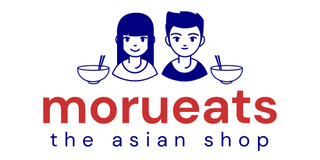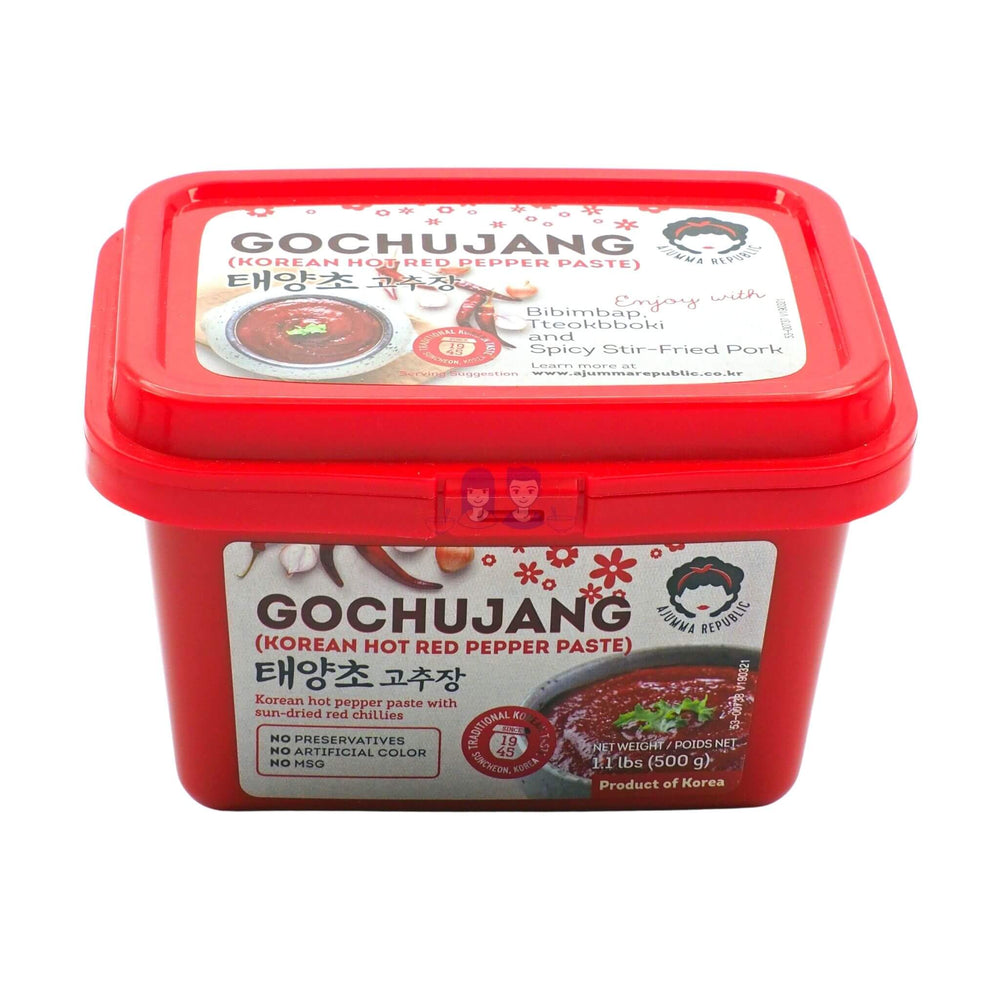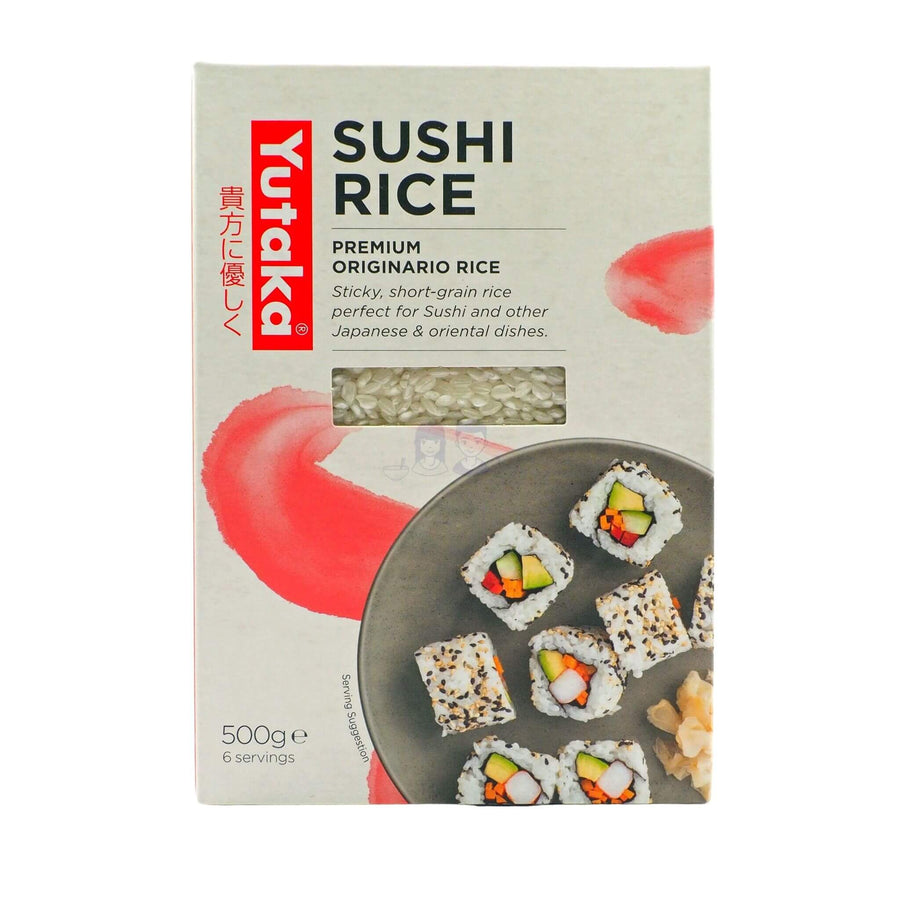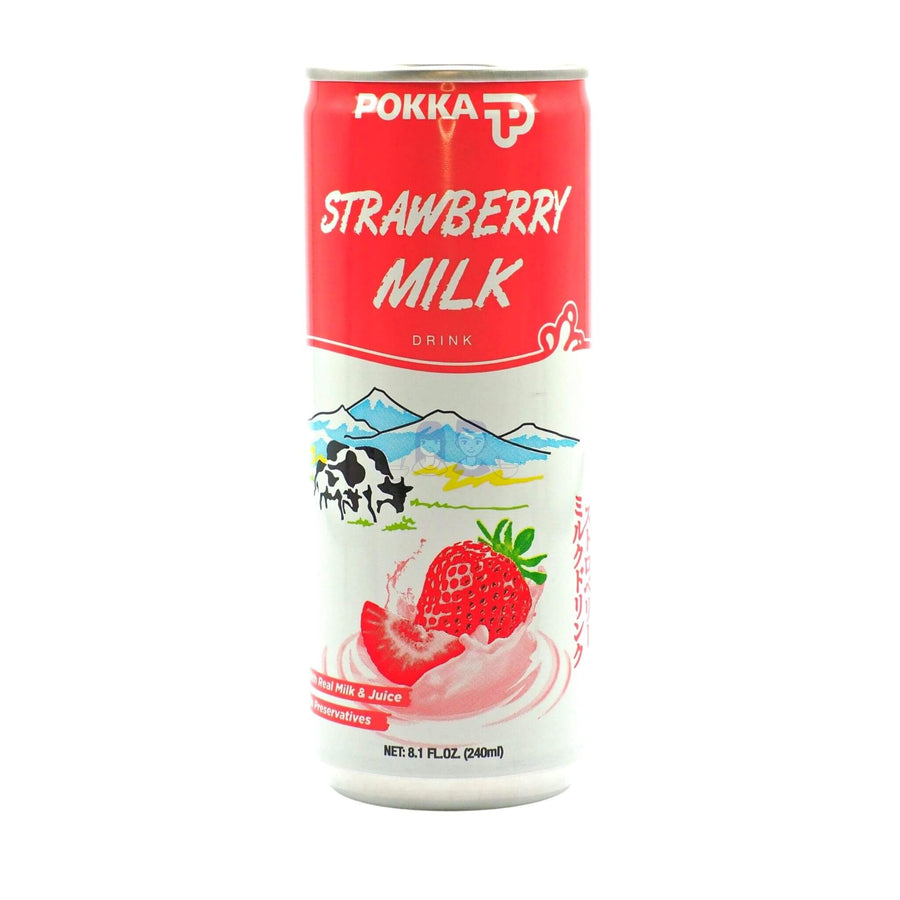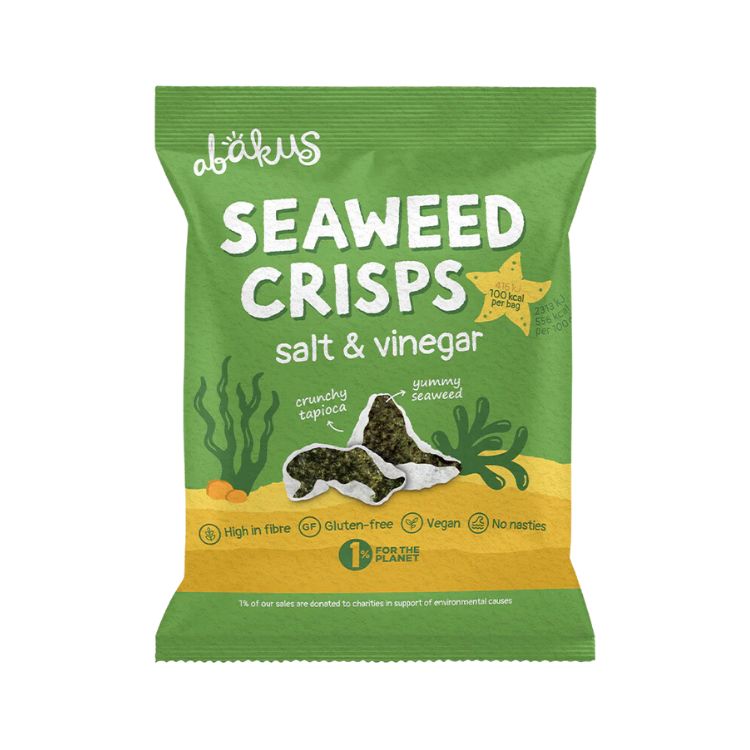Matcha Made Easy: A Guide on How to Use Matcha Powder
Imagine a superfood so powerful that it can boost your metabolism, improve your focus, and comes packed with antioxidants. And we forget to mention, this is all possible while tasting delicious with its unique texture and flavour.
Welcome to the world of matcha, a form of Japanese green tea powder that originated in China, and has taken the world by storm in recent years.
From its beginnings as a traditional Japanese tea to a global superfood, this vibrant powder continues to grow in popularity. It's now become a staple in cafes and kitchens worldwide - not to mention our own kitchens too.
In this guide, we will explore everything from what matcha is, to the health benefits of matcha, how to use matcha, as well as some of our favourite uses for it.
What is Matcha?
Matcha is a finely ground powder made from specially grown and processed Japanese green tea leaves. Matcha is different to regular green tea which is made by steaming, pan-frying and drying tea leaves which are not directly consumed. Instead, matcha involves consuming the whole leaf in powdered form.
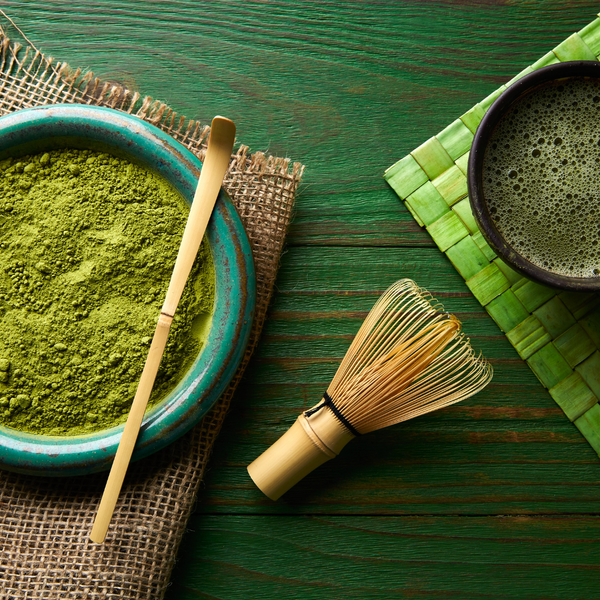
Matcha vs. Regular Green Tea
While both matcha and regular green tea come from the Camellia sinensis plant, there are key differences between them:
-
Production Method: Matcha is made by grinding whole tea leaves into a fine powder, whereas regular green tea is made by steeping the leaves in water and then discarding them.
-
Nutrient Content: Consuming whole leaves means matcha provides higher concentrations of antioxidants, caffeine, and amino acids compared to brewed green tea.
-
Flavour Profile: Matcha offers a richer, more robust flavour with a creamy texture, while green tea has a lighter, more delicate taste.
-
Preparation: Matcha requires whisking the powder into water, resulting in a frothy beverage, whereas green tea is simply steeped.
Understanding these differences helps you appreciate the unique qualities of matcha and why it plays a key role across Japanese culture.
The History of Matcha?
Matcha has a rich history that goes back around 1,000 years. Surprisingly matcha originated in China and was introduced to Japan by Buddhist monks in the 12th century. The monks valued matcha for its ability to keep them calm and alert especially during long hours of meditation. Over the centuries, matcha evolved from a spiritual drink to a essential Japanese ingredient and integral part of the traditional Japanese tea ceremony or "Chanoyu".
Where Does Matcha Come from? How Is Matcha Made?
Matcha originates from the leaves of the Japanese green tea plant. The regions most famous for producing matcha are Uji in Kyoto, Nishio in the Aichi Prefecture, Shizuoka, and Kagoshima.
These regions create the optimal climate conditions. They also have rich soil and use traditional farming techniques. These are all crucial for cultivating the tea plants used in matcha production.
The process begins with shading the tea plants for about 20 to 30 days before harvest. This shading technique increases chlorophyll production and boosts amino acid levels. In particular, the levels of L-theanine contribute to the tea's unique sweet and umami flavour profile.
The tea is then steamed to halt oxidation, before being dried and aged to enhance their flavour. As a final step, the leaves are stone-ground into the fine, bright green powder that we all know as matcha.
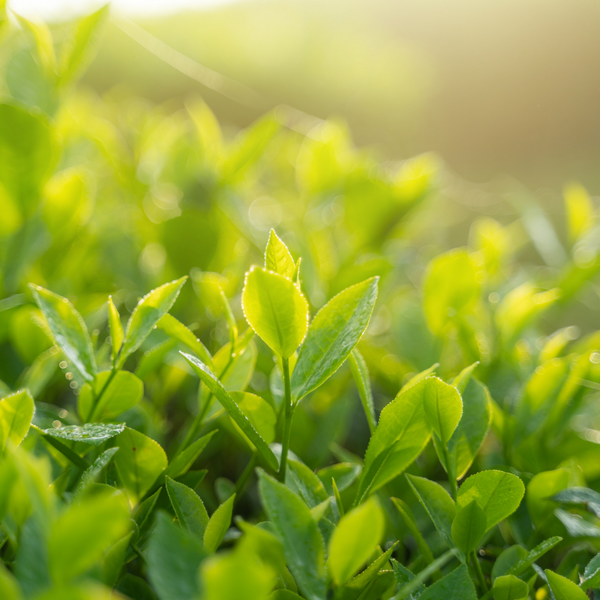
Grades of Matcha
There are several grades of matcha tea each with different uses. These include ceremonial, premium, and cooking.
Ceremonial grade matcha powder is the most elusive grade and expensive matcha powder. It is finer and purer than the others and is typically reserved for traditional tea ceremonies where it is drunk.
Premium grade matcha uses the fresher, younger leaves from the top of the plant and is great for everyday tea drinking.
Finally, there's cooking-grade matcha which uses the older leaves further down the plant. As a result of its stronger flavour, it is used in general cooking and baking.
What Does Matcha Taste Like?
We always struggle to agree on exactly how to describe what matcha tastes like. This is most probably because the taste of matcha is complex and layered. It can also vary slightly depending on its grade and how it is being used.
That said, matcha generally possesses a fresh and intense taste, that's bitter to start with. However, after a few seconds, the bitterness dissipates to give off a natural sweetness and a creamy body.
As a general rule of thumb, higher grades of matcha, such as ceremonial matcha, have smoother and milder taste profiles. On the other hand, cooking-grade matcha is typically more bitter, making it ideal for mixing with other ingredients.
Health Benefits of Matcha
Matcha is packed with goodness including antioxidants, chlorophyll, vitamins, and minerals.
Matcha is rich in compounds called polyphenols, which are antioxidants that protect the body against diseases such as cardiovascular diseases, diabetes, and neurodegenerative disorders. One such polyphenol is epigallocatechin gallate (EGCG), best known for its cancer-fighting properties and ability to reduce inflammation.
Matcha's high concentration of chlorophyll, caffeine, and the amino acid L-theanine in combination with polyphenols, promotes brain function. The L-theanine in particular also aids relaxation without drowsiness. This is a rare quality in a caffeinated beverage.
Various studies also report regular consumption of matcha as being beneficial to your well-being. This includes enhancing mood, improving skin health, and boosting metabolism. This makes it a valuable addition to a healthy lifestyle.
Before you begin preparing matcha, make sure you have the following:
Ingredients and Equipment
Ingredients:
-
1-2 teaspoons of matcha powder
-
70-80ml of hot water (not boiling, ideally around 80°C)
Equipment:
-
Matcha bowl ("chawan") or a deep, wide bowl
-
Bamboo whisk ("chasen") or a regular whisk
-
Sieve or strainer (for sifting the matcha powder)
-
Matcha spatula or spoon
How to Prepare Traditional Matcha Tea?
Preparing matcha is an art that requires specific tools and a bit of practice to perfect. These are the specific steps we follow ourselves and recommend for beginners:
- Sift 1-2 teaspoons of matcha powder with a strainer into a matcha bowl ("bowl"). This will avoid clumps and ensure your matcha is smooth or frothy.
- Ideally, you would use a matcha bowl ("chawan") and spatula. Don't worry too much if you don't have these available, a deep and wide bowl and spoon will suffice.
- Pour in about 70-80ml of hot water. The water must not be boiling but ideally no more than 80°C.
- Use a bamboo whisk ("chasen") and whisk vigorously in a "W" or "M" motion until the tea is frothy. This will typically take around 30 seconds, but a good check is the emergence of a creamy green foam on top.
- Sit back and enjoy immediately.

Tips for Making the Perfect Matcha
-
Choose High-Quality Matcha: Opt for ceremonial-grade matcha for the best flavour and smoothness.
-
Water Temperature Matters: Use water that is around 80°C to prevent burning the matcha, which can cause bitterness.
-
Sift Your Matcha Powder: Sifting removes lumps and ensures a smoother, frothier tea.
-
Whisk Correctly: Whisk vigorously in an "M" or "W" motion to create a creamy foam on top.
How to Use Matcha Powder?
Besides traditional tea, matcha is incredibly versatile in the kitchen, perfect for both drinks and dishes.
Drinks
-
Lattes, Smoothies, and Shakes: Add matcha for a burst of colour, flavour, and nutrition.
-
Iced Teas and Lemonades: Blend it into chilled beverages for a refreshing twist.
Food
-
Baked Goods: Use it in cakes, cookies, and bread to provide a mellow, earthy flavour.
-
Breakfast Delights: Incorporate it into pancake or waffle batter for a vibrant start to your day.
-
Savoury Dishes: Experiment with matcha in noodles or salad dressings for a unique flavour profile.
We also love experimenting with matcha in everyday cooking. We've tried making everything from green noodles to vibrant salad dressings.
Here are 10 great uses for matcha that you can easily try at home
#1 Matcha Latte
Enjoy an extra creamy, frothy latte with a vibrant green topping and a gentle, energising caffeine kick.
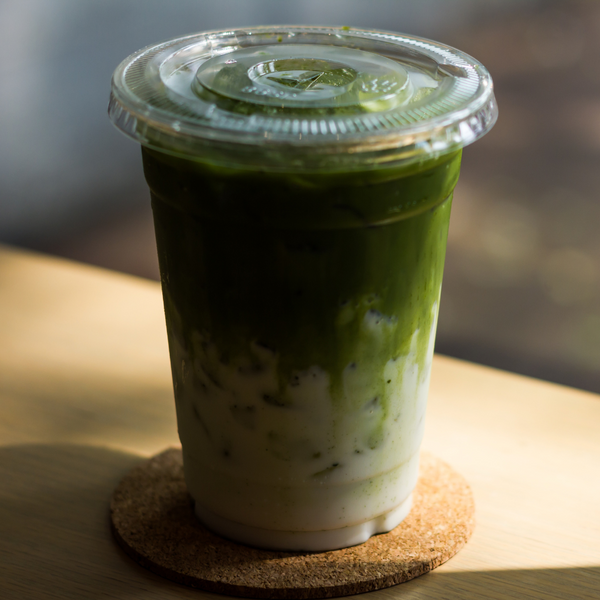
#2 Smoothies
Add a scoop of matcha for a burst of antioxidants and a subtle earthy flavour to your morning smoothie. We love it with bananas and avocados, but it works with a lot of mixes.

#3 Pancakes
Mix matcha into your batter for pancakes that not only taste great but also boast a striking green colour.
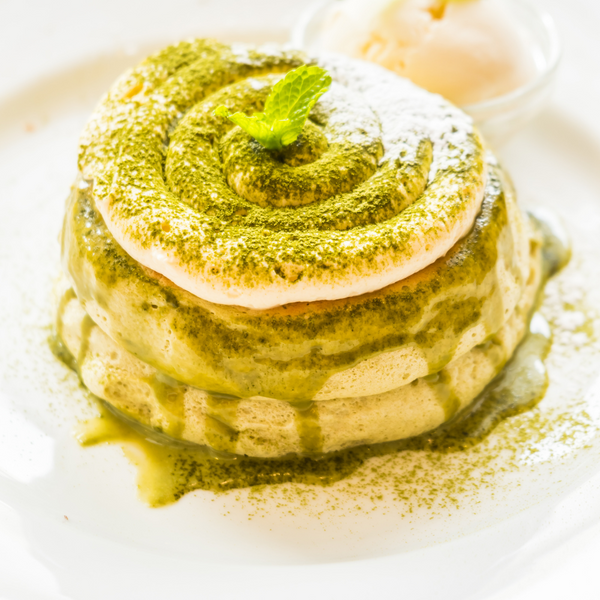
#4 Cupcakes and Biscuits
Infuse your cupcakes and biscuits with matcha to give a delightful twist to traditional flavours. You can also top it with matcha frosting for extra pleasure.

#5 Ice Cream
Create a rich, creamy matcha ice cream that's both refreshing and indulgent, perfect for an exotic dessert.

#6 Energy Bars
Incorporate matcha into homemade energy bars for a natural boost of energy and a unique flavour.
#7 Desserts
Use matcha to add depth and colour to a variety of Japanese desserts, from cakes to mousses.
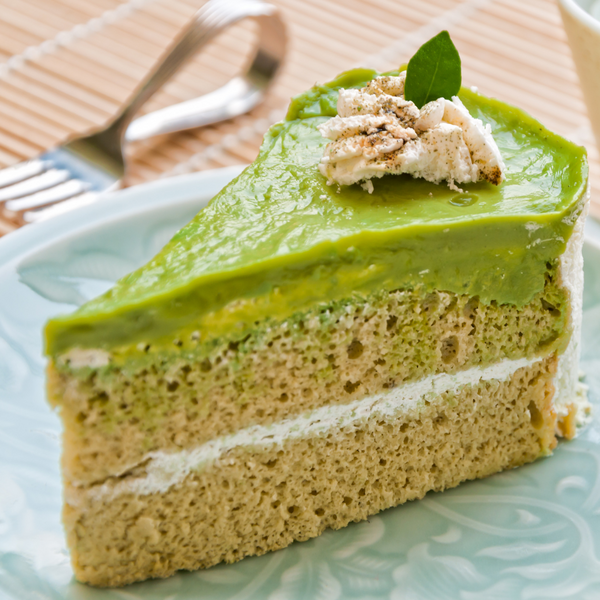
#8 Oatmeal
Stir matcha into your morning oatmeal for a healthy start with a boost of antioxidants. Add fresh seasonal fruits for extra flavour.
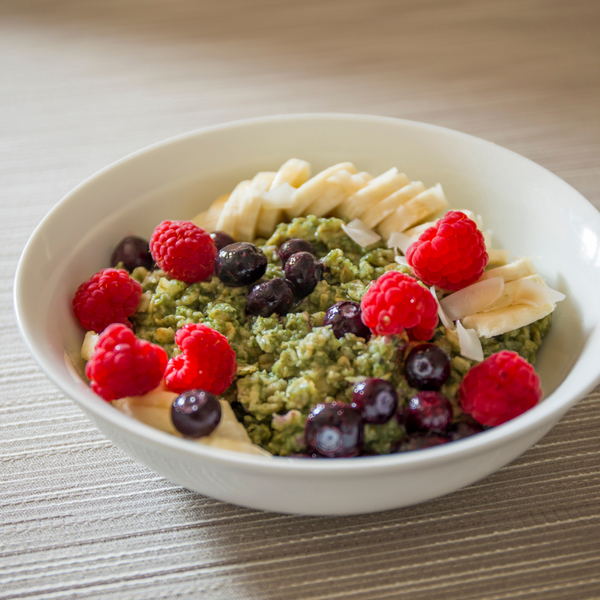
#9 Protein Shakes
Blend matcha into protein shakes to maximise your workout potential with added flavour and health benefits.
#10 Cocktails
Mix up your cocktail game by adding matcha to create innovative drinks with a sophisticated twist.
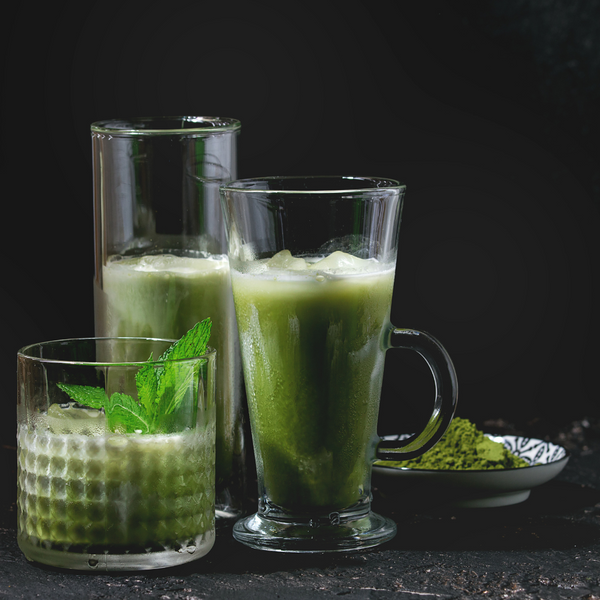
Each matcha use offers a unique way to enjoy matcha and benefit from its taste and nutrients.
How to Buy Matcha? What to Look Out for and Where to Buy?
When purchasing matcha, make sure you buy the right grade depending on your intended use.
You should always look out for a vibrant green-coloured powder, which indicates high quality and freshness. Avoid powders that look dull or yellowish.
Always check the origin of the matcha. Authentic matcha usually comes from Japan as it is produced in a specific way that influences its flavour and colour. However, we wouldn't rule out matcha simply for the reason that it is not produced in Japan. We have tasted great, authentic matcha from countries such as Korea and Taiwan, but it's something to be aware of.
You can buy high-quality matcha online from reputable suppliers. Alternatively, visit health food stores that source directly from Japanese producers.
Final Word
Matcha is more than a traditional Japanese tea. It's a great-tasting, versatile ingredient that has a wide range of uses to liven up many drink and food recipes. Better still, it has been linked to many health benefits and is widely considered to be good for your overall well-being.
So whether you're enjoying matcha tea, or blending a matcha smoothie, this green tea powder offers a unique blend of flavour and nutrients.

